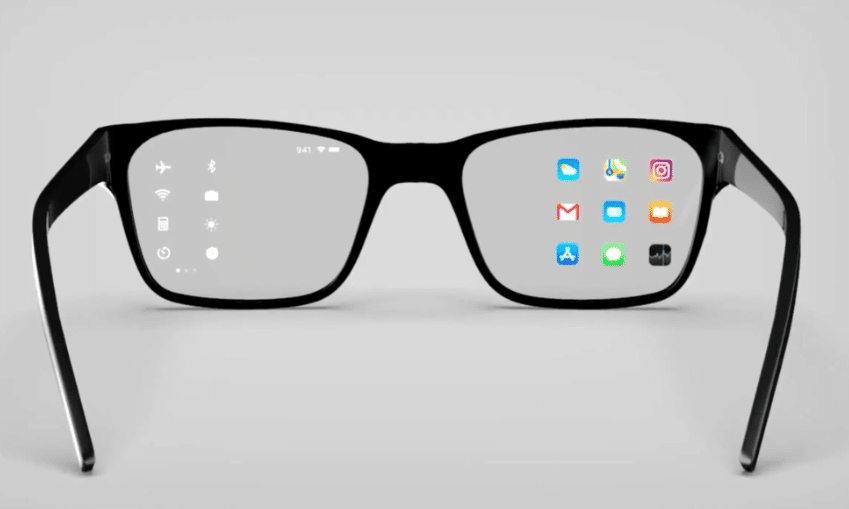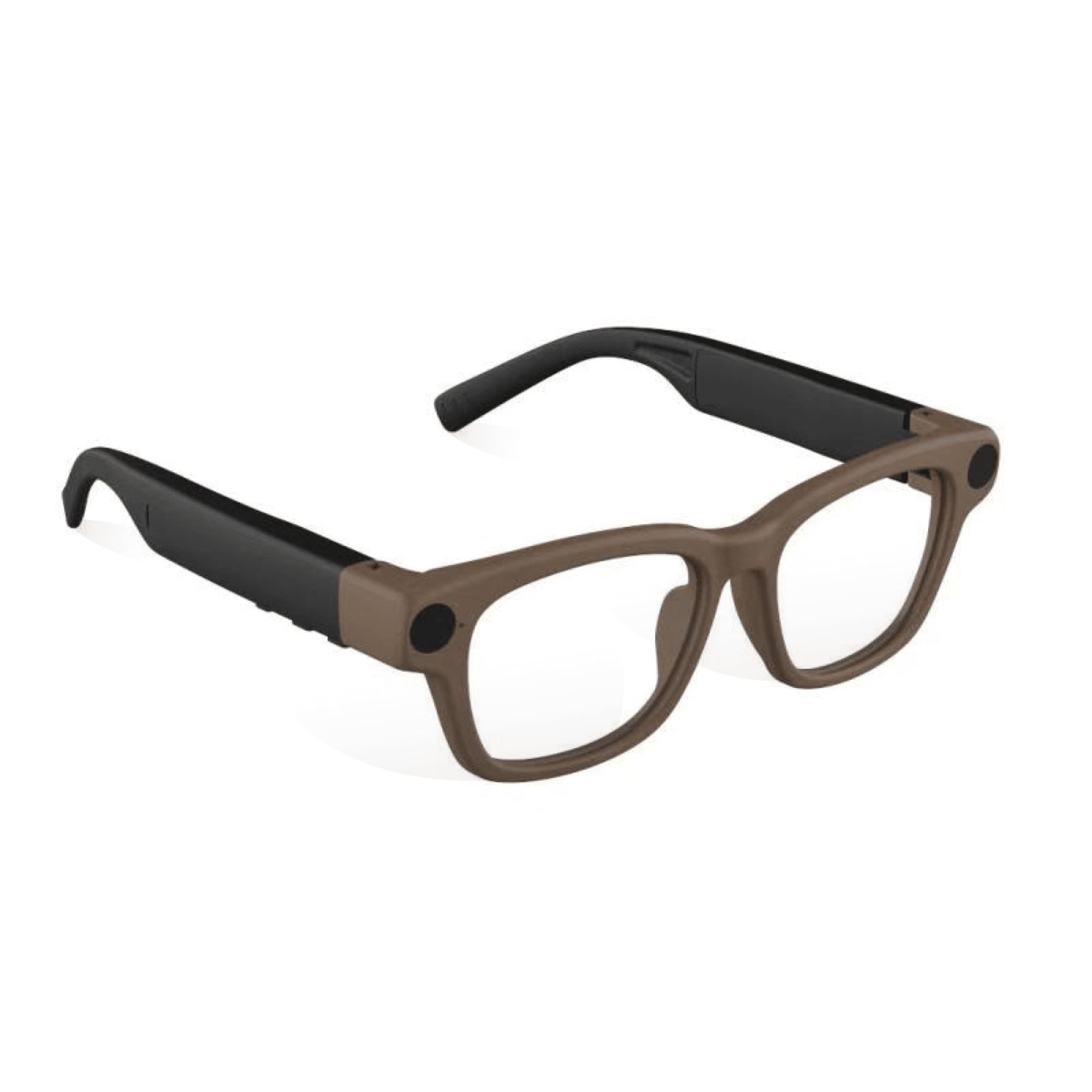Why are smart glasses so popular?

The reason smart glasses have become the hottest form-factor in wearables is that they sit at the sweet spot of “technically feasible, scenically essential, and commercially profitable”—a convergence that watches, earphones, or rings cannot yet replicate. The following three-part argument is built on newly-published 2025 data.
-
Technology Base: multimodal LLMs + optical display + edge AI
-
See-ask-get: look at a menu, road-sign or drug label and receive an OCR + translation + voice prompt in <1 s, even when a 3-billion-parameter tiny-model is running offline.
-
Optical wave-guides hit a tipping point: ≤1.2 mm thick, ≥85 % transparent, allowing a “light-AR” chassis under 35 g—sunglass-weight for the first time. BirdBath module cost has fallen 45 % in two years, making a $-double-digit BOM realistic.
-
Qualcomm’s AR1+ Gen 1 SoC shrank 26 % and now dissipates <0.35 W; no fan is needed for 3 h continuous video, ending the “hot-face” problem that killed Google Glass.
-
-
Scene Exclusivity: only smart glasses free both hands, share the user’s gaze and deliver a first-person camera in one piece.
-
Hands-free is mandatory for cycling, skiing or industrial repair. In Swiss resorts OHO A1 shipped 35 k units this season; 58 % of buyers re-used them next holiday (action-camera reuse ≈19 %).
-
Social platforms need first-person vertical video. TikTok’s 2025 “Eyeshot” channel gives a 20 % reach boost to clips shot on certified glasses; Ray-Ban Meta owners now average 42 Shorts per month—2.7× the phone-shot frequency.
-
Glasses uniquely combine see + hear + speak in one wearable, making them irreplaceable for real-time translation, remote assistance or fall-detection calls.
-
-
Commercial Fly-wheel: hardware can be zero-margin because “content + insurance + data” pay the bills.
-
Content: platforms return 3 % ad share to the glass brand; this already accounts for 18 % of Ray-Ban Meta revenue.
-
Insurance: Allianz Europe offers a 25 % premium rebate if skiers wear approved smart glasses—driving a 220 % YoY sales jump for OHO in 2025.
-
Data: night-time BP plus gait video is worth $45 per user per year to chronic-care providers; one Chinese startup recoups 30 % of BOM cost this way and covers 300 k users.
-
Design Philosophy: The Seven-Step Engineering Method – A System Engineering Approach Starting from the “Face”
Form: Reuse classic frame designs (Wayfarer/browline) before addressing AR; 85% of users first ask “Does it look good?”.
Weight: ≤30g total weight is the critical threshold; magnesium-lithium alloy temples at 1.4mm wall thickness, with counterweight shifted forward by 2mm, reduce bridge pressure by 18%.
Display: By 2025, two factions emerge— Screenless faction (Ray-Ban Meta approach): Eliminate light engine, rely on voice + app for data transmission; Lightweight display faction (Apple N50): 5×5 mm Micro-LED light engine, 1,000 nits brightness, 150 mW power consumption.
Sensors: Standard ‘4+1’ configuration—13MP camera + dual microphones + 9-axis IMU + ambient light sensor, plus UWB anti-loss; All sensors must be switchable with physical indicator lights, otherwise GDPR compliance cannot be achieved.
Interaction: Offline voice wake-up rate 97%, false wake-ups < 1 per day; 25 mm² capacitive slider on temple for ‘silent shutter’ functionality.
Battery life: Dual hot-swappable batteries (150 mAh + 250 mAh), 10-minute fast charge provides 1 hour of recording; screenless variant delivers 48 hours of device runtime, while lightweight screen variant starts at 3 hours.
Translated with DeepL.com (free version)

